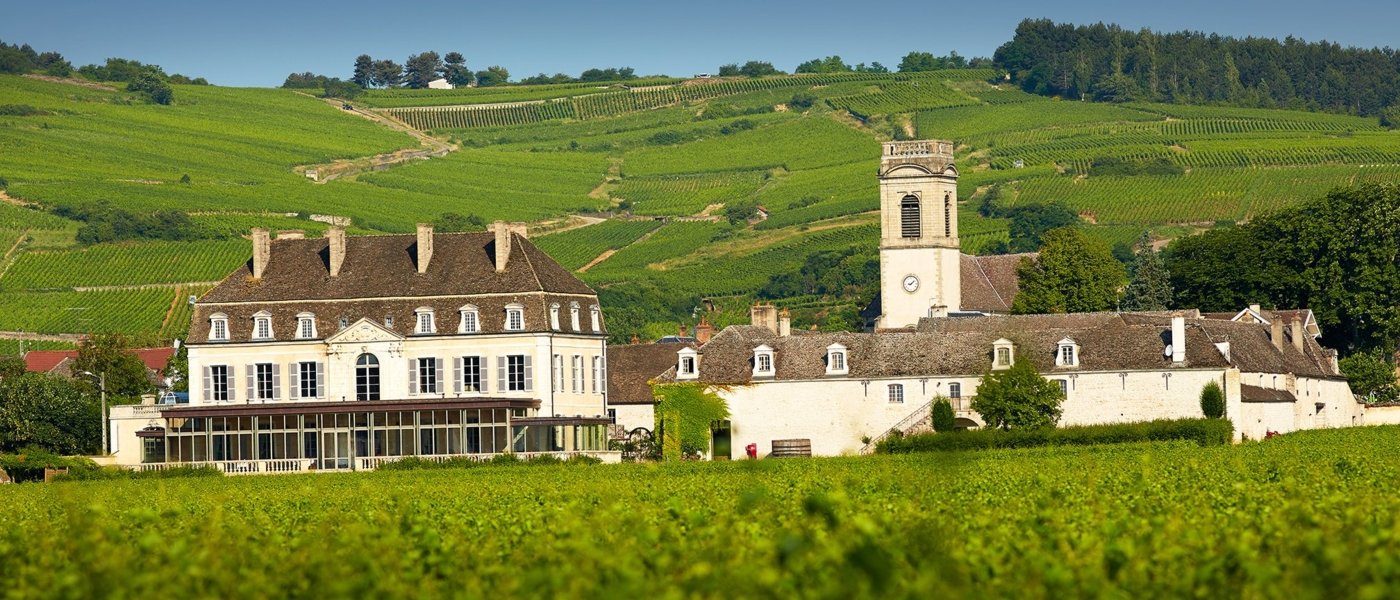The best wines are made from exclusively from Pinot Noir and Chardonnay; Gamay and Aligoté are also found in its vineyards, along with a very small percentage of Sauvignon Blanc, whilst several other varieties, such as Melon (de Bourgogne), principally found in the Muscadet region of the Loire Valley, make up less than 1%. So, shouldn’t Burgundy be easy to understand for the for the novice wine drinker?
Unravelling the complexities of the map of Burgundy wine regions
In fact, it is quite the opposite. Although the vast majority of wines are made from only two grape varieties, the region has the highest number of AOCs (appellations d’origine contrôlée) of any French region and Burgundy is considered the most terroir-conscious region in France. The Burgundy wine region map is anything but simple to understand, even for the most avid of wine connoisseurs. There is a range of non-specific regional appellations, subregional appellations, village appellations and carefully delineated Grand Cru vineyards. In fact, there are around 150 separate AOCs used in Burgundy, if you include those of outlying Chablis and Beaujolais, both included administratively in greater Burgundy. Not to mention the hundreds of named vineyards at Village and Premier Cru level, which may also be mentioned on the label. Taking these into account, the number of vineyard-differentiated AOCs is well over 500. It is no mean feat to get your head around the map of Burgundy wine region. Moreover, its vineyards are the most minutely parcellated in the whole world, partly due to inheritance rules contained in the Napoleonic Code, resulting in small family holdings being divided and subdivided over many generations. One vineyard may be owned by many different owners, even with just one or two rows of vines.
Stars of the Burgundy wine region map
Like any wine region, Burgundy has its prima donnas, villages and individual vineyards, known as climats in Burgundy, which have gained recognition over the centuries for the quality of their wines. The greatest reds are produced on the limestone escarpment of the Côte d’Or, particularly in the Côte de Nuits section with village AOCs such as Vosne-Romanée and Gevrey-Chambertin and their finest Grands Crus Romanée-Conti and Chambertin producing outstanding reds that every wine lover dreams of tasting one day. Côte de Beaune boasts appellations whose white wines are rarely surpassed, such as Meursault and its finest vineyards and the Grand Cru vineyards of Puligny-Montrachet and its neighbour Chassagne-Montrachet, Le Montrachet and Bâtard-Montrachet. Chablis, cut off from the rest of Burgundy wine region map by the Morvan hills, also produces one of the greatest wines in the world, with a unique steely flintiness, acidity and mineral quality not found elsewhere in Burgundy.
Southern cousins
To the south of the more prestigious Côte d’Or is the Côte Chalonnaise, which in addition to its generic red and white Bourgogne Côte Chalonnaise, has five village appellations, including one, Bouzeron, only for Aligoté, Burgundy’s second most planted white. Few of the wines have the body to age well, unlike their more northerly cousins.
In the Mâcon, vineyards are interspersed with livestock and arable farming, and the area already has a more Mediterranean feel with more sun, less rain and little risk of frost. Red Mâcon and Mâcon Villages are generally made from the lowlier Gamay variety, as Pinot Noir can be sold as Bourgogne Rouge, thus commanding higher prices.
To the south of the Mâcon, Beaujolais and fruity Gamay take over completely from Pinot Noir, with the region producing more wine in some years than the rest of the map of Burgundy wine regions put together.
Complicated? Wine Paths’ local experts can help you get to know some of the ins and outs of the Burgundy wine region map.
If you're interested in one of our Burgundy Wine Tours, please visit this link.






